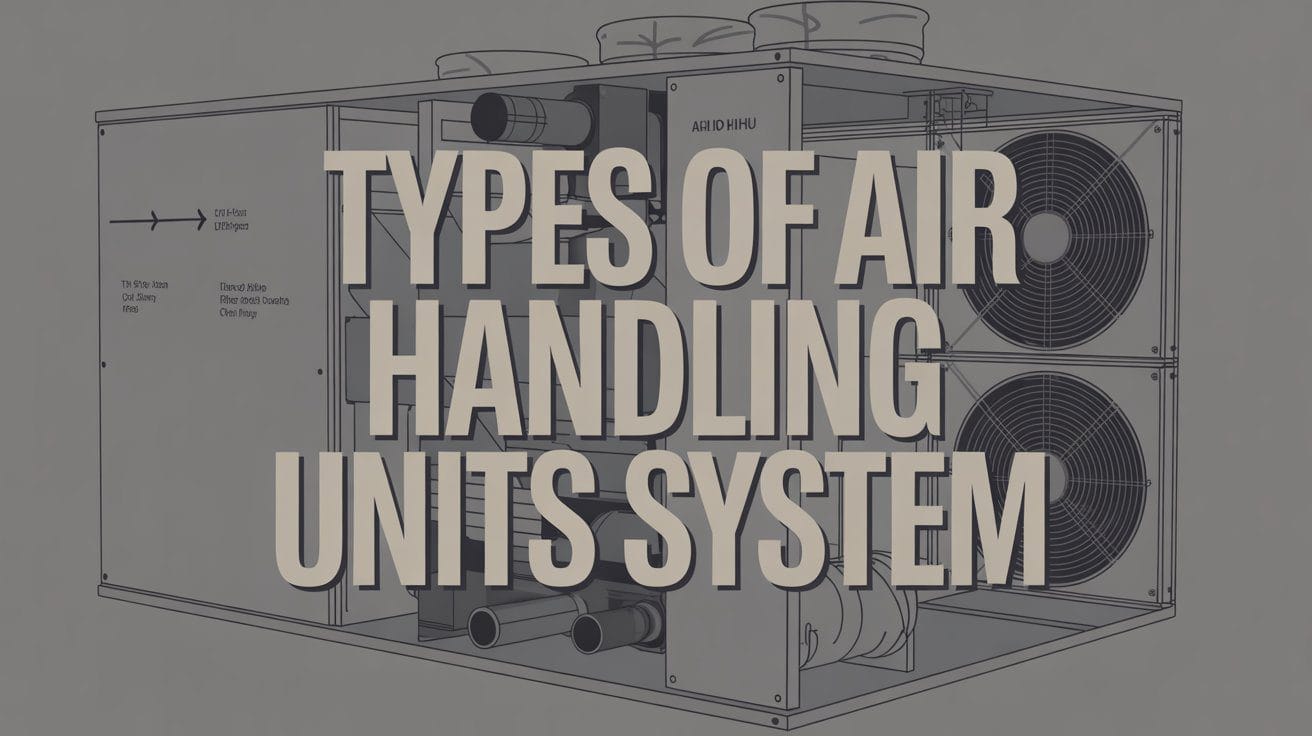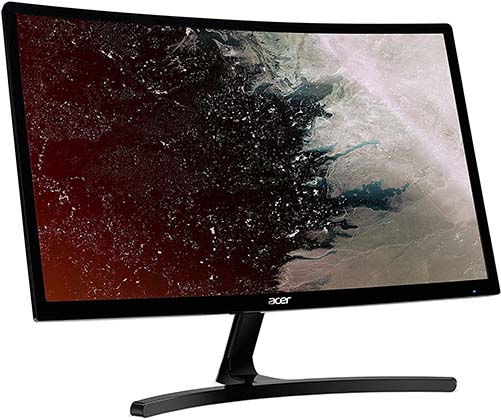
Air Handling Units (AHUs) are primarily installed in commercial buildings and industrial infrastructure areas, where only two types of AHU HVAC solutions are typically considered worldwide. In the following post, we briefly discuss these systems’ working principles, benefits, differences, and much more. Without further delay, here we go.
Blow-through and Draw-through AHU Type
As per the heading, the two types of Air Handling Units (AHUs) are known as Blow-Through and Draw-Through. From these two air handling system types, commercial, industrial, pharmaceutical, and other sectors choose their air handling unit system.
In a Blow-Through AHU system, the fan is located in front of the cooling coil, pushing airflow through the system. On the other hand, in a Draw-Through system, the fan is positioned behind the coil, pulling air through the system. This is the primary difference between these two AHU types.
However, there is another factor that creates a difference in the overall air conditioning system of a building with an AHU: the HVAC system type, or Heating, Ventilation, and Air Conditioning system.
Central, Split & Package AHU Formation
Air Handling Unit is an important part of an HVAC system, and various arrangements are customized to suit the diverse purposes of a building. The following is a brief description of these three big categories: Central, Split, and Package AHUs.
Packaged AC AHUs
- A packaged or packaged AHU comprises all of its parts (compressor, condenser, expansion device, evaporator, fans, and filters) in one small unit.
- They are normally mounted on rooftops or alongside buildings and attached snugly to ducts.
- Frequently arrives as a factory-assembled unit and needs little installation at the place of location.
- May contain advanced functions: built-in energy recovery, hygienic alternatives, built-in controls.
Central AC AHUs
- In large buildings or large zones, central AHUs are big pieces of equipment which are usually set centrally (on rooftops or mechanical rooms) to make decisions of the air conditioning of the whole building or large zone.
- They are linked up to a system of air ducts, which circulates the conditioned air to various spaces.
- Central AC AHUs take care of filtering air, mixing outdoor and/or return air, heating or cooling the air, and occasionally humidification/dehumidification.
- The cooling source and heat source are normally provided externally (through boilers/chillers), and the AHU contains fans, coils, filters, and occasionally energy recovery devices.
Split AC AHUs
- A split AHU, which is also called a split system, consists of parts divided into two main parts: the indoor unit (evaporator, blower, filters) and the outdoor unit (condenser, compressor).
- The outdoor unit discharges heat, and the indoor part conditions the air, and they are linked using refrigerant piping.
- More often than not operates on a refrigerant cycle (Direct Expansion or DX type), not water-filled coils.
- Provides space flexibility in the building where building constraints do not permit the components’ placement.
Setup Cost of Different Types of AHU Systems
Cost of installation of various Air Handling Units (AHU), also called setup price, in India varies widely upon the type of unit, capacity, the features it comes with, the brand, and simplicity of installation. This is the ordered overview obtained based on acquired data and market tendencies:
Small/Modular AHUs (e.g.1200 CFM)
- Basic Units: 80,000- 1,00,000
- Mid-Range: 1,00,000 -1,25,000 (more efficient, filtering, controls)
- Ranging: 1, 25,000 -1, 50,000/ Premium (the highest efficiency, advanced functionality, high-quality materials).
- Installation: Usually quoted by the suppliers; complicated sites can add additional charges.
Industrial/Floor Mounted AHUs
- Typical basic floor-mounted lists begin at 90,000 per unit, but capacity and features are only limited by price.
- Double Skin Units: Its price ranges between 1, 75,000 to 8, 00,000 per unit, depending on size and specification.
- Custom/High-Capacity Units: in very large systems (e.g. 100-ton, ~400,000+ CFM), cost may be in the 35 lakh(3.5 million) Rs to 150 lakh(15 million) Rs range, which is comparable to the US$40,000 to US$150,000+ range of estimates for comparable units in the rest of the world. The complexity of installations may cost a lot to the overall project value.
Packaged, Rooftop AHUs
- Packaged units are typically more costly per ton compared to the central AHUs, though they are easily installed.
- Rooftop units can be more costly to purchase and install in terms of material and conditions required to mitigate the effects of storms.
- Custom AHUs (special actions, cleanrooms, and hospitals) are by far the most costly, and their prices are strongly project-dependent.
Additional Costs
- Installation cost is 1-5 lakhs (100-500 thousand$) for simple installations, more complex projects (large ductwork, integration with BMS) may cost more.
- Upgraded Options: Climo is an airline company that provides advanced features such as Smart controls, HEPA/UV filtration, sound attenuation, and energy recovery that may range up to 50,000-300000 or more in addition to the base price.
- Maintenance & Service Contracts: Commonly quoted as an additional supplement, and these are extremely important in long-term efficiency.
Conclusion
To find the perfect solution to fit in your space based on the type and configuration of AHU systems, you may contact experts like Ventac Aircon. Blow-through to draw-through systems, to central or split or packaged units–all are special in their advantages and economics. A properly designed AHU installation can guarantee effective air circulation and prolonged efficient performance of the HVAC system that will suit the requirements of your building.








